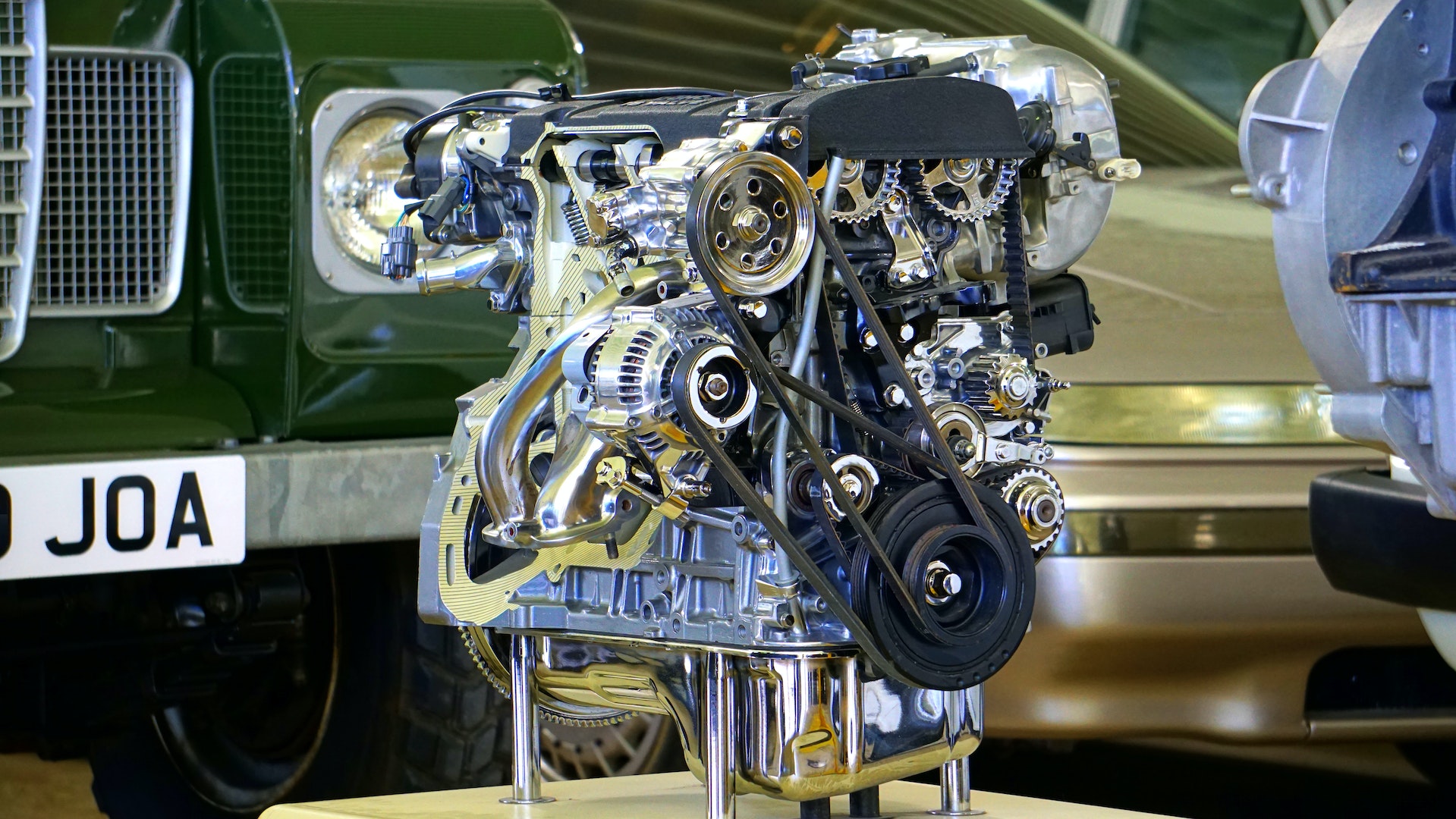It’s going to happen to most of us at some point or another, and as such it’s the kind of thing that you might want to prepare for as best as you can. When your car engine fails, it can be a very stressful experience, you might be worried about the financial implications as well as the future of the car, and your own safety and that of those around you too.
There are a few things that you might want to bear in mind when your engine fails, to ensure that you come out the other side intact. Here are some of those things in particular that you might want to focus on.
Remain Safe
The most important and immediate concern is safety – yours and that of those around you. You need to do whatever you can to ensure that nobody is put into harm’s way. That means that you should, if possible, get the car to a safer location. If you are on the motorway, it is often safest to remain in the car, but you should aim to get the vehicle over to the left if possible, and on to the hard shoulder if there is one. Once you know that everyone is safe, you can start to think about what to do next, but this is really priority number one, and it’s not something you can overlook. Chances are, you will be shaken up at this point, so it’s something to be aware of and watch out for.
Identify The Problem
Depending on how you are with engines, you may or may not be able to identify the problem with the engine yourself, and possibly even fix it up. There are many common engine failures that you might be experiencing. It could be that your engine has overheated, and that the coolant is empty or leaking. It might be that a sprocket has come out of its socket, and so won’t fire at all. And it could just be a couple of loose spark plugs. Take a look around, and see if you can find anything obviously wrong. It might be that you need to use something like Kubota Engine Rebuild Kits to help get it up and running again, or it could be a simple case of applying a spanner. If you have kept these things in your vehicle, all the better.
Take Preventative Steps
Once you have done that and you know what the problem is, and perhaps even fixed it up, it is now time to consider what preventative steps you might need to take, to help ensure that it doesn’t happen again in future. That might be very simple or quite complex, depending on the situation, but it’s certainly something that you should look into at least. If nothing else, it will help you to feel safer getting back in that vehicle in the future, so that is something to consider. All in all, what you are hoping for is a safer car to drive, and a more reliable one.
Thanks for reading and y’all stay dandy.
-Diego
Follow me on Instagram and Pinterest for more menswear inspiration.
(Some of these links may contain affiliate links, so that means if you click and buy something, I get a cut. It helps keep the site going! Full Disclosure)
